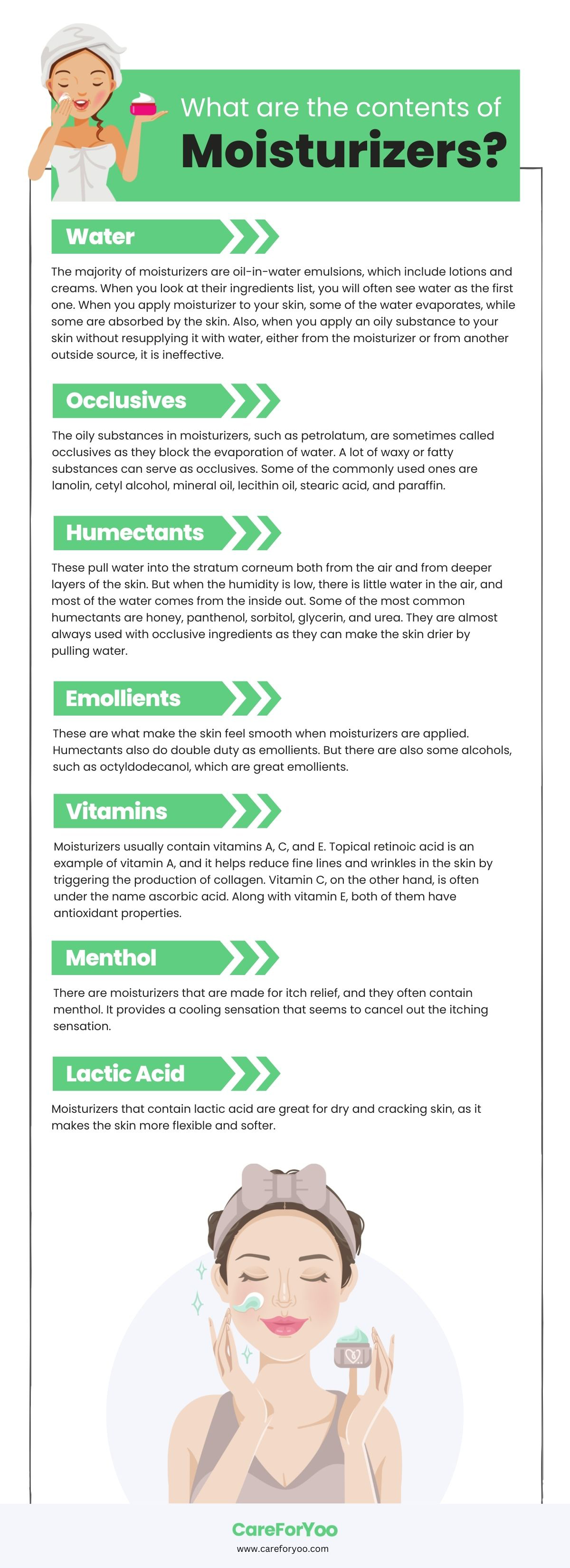The skin can become dry, sensitive, and inflamed after shaving if you leave it as it is. Following a post-shave routine can soothe and protect your skin from these issues. Proper aftershave skincare routine includes moisturizing the skin, which reduces the risk of infections, and keep your complexion youthful and smooth. In this article, we’ve put together the important after shaving skincare tips that can help you maintain a glowing and hydrated skin.
Cleansing
There is a lot of confusion about whether you should wash your face before or after shaving. However, it is vital to clean your skin after shaving to remove any dirt, oil, and dead skin cells. Washing your face with a suitable cleanser that is good for your skin type can help to keep your skin hydrated and healthy.
You need to use a cleansing product that suits your skin type. There are many kinds of cleansing products in the market, including foam, cream, gel, oil, and micellar. Here are a few tips to help you choose the right cleanser for your skin type:
- Oily skin: Oily skin needs a cleanser that helps remove dirt and oil, as well as regulate sebum production. Avoid cleansers that strip the skin of its natural oils. If you have acne-prone skin, use a salicylic acid-based cleanser to clear up pores and remove excess oil.
- Sensitive skin: For people with sensitive skin, it’s best to use gentle cleansers that don’t cause irritation. Cream cleansers are a good choice because they have a creamy texture and are more hydrating and gentle than other cleansers.
- Dry skin: For dry skin, you need to use a cleanser that is rich in moisturizers to keep your skin healthy. Look for a cleanser that contains moisturizing ingredients, such as glycerin, hyaluronic acid, or ceramide.
- Normal skin: Those who have normal skin should use a cleanser that doesn’t contain fragrances or other chemicals. Glycerin can help keep your skin moisturized and soft, while also getting rid of dirt and other impurities. A good cleanser should be good enough to clean your skin without causing any irritation, and it shouldn’t be too drying.
Exfoliating
You need to exfoliate your skin to remove dry and dead skin cells after shaving. This will make your skin smoother and help clear the pores. There are two main types of exfoliators: physical and chemical. Physical exfoliators use visible scrubbing agents, such as finely ground grains or nuts. Chemical exfoliators dissolve dead skin cells with acids, such as alpha-hydroxy acids (AHAs) and beta-hydroxy acids (BHAs). Consider the following recommendations for selecting an exfoliator according to your skin type.
- Normal skin: You can use either physical or chemical exfoliators. It is recommended to alternate between the two methods and exfoliate every few days to keep your skin healthy. Exfoliators with bentonite clay or charcoal are particularly good for normal skin type because they help keep your skin radiant, glowing, and balanced.
- Dry skin: If you have a dry skin, it is better to avoid physical exfoliators as they can cause irritation. A chemical exfoliant can help to effectively remove dead skin cells, allowing moisturizer to absorb better. Exfoliants that contain ingredients like jojoba beads, oatmeal, and fruit enzymes are suitable for dry skin.
- Sensitive skin: Those with sensitive skin should also avoid physical exfoliants, as they can irritate the skin and opt for products that contain the same ingredients like alpha hydroxy acids or beta hydroxy acids.
- Oily skin: For oily skin, both physical and chemical exfoliation can be effective. Physical exfoliation is particularly beneficial for those with thicker skin. Chemical exfoliant containing sale, sugar, nut shells, salicylic acid and glycolic acid can help purify oily skin.
Moisturizing
Shaving can cause your skin to become dry because it causes it to lose moisture. Post-shaving care is important to keep your skin moisturized so it doesn’t get too dry. Applying a moisturizer after shaving can help reduce irritation and prevent dryness.
Moisturizers come in three main types: Emollients, Humectants, and Occlusives. Emollients work to create a smooth, soft complexion by filling in the cracks in the skin’s barrier. Humectants are found in gel form and help to draw moisture to the top layer of the skin. Occlusives are the most effective type of moisturizer and work to create a thick, protective barrier that prevents water from escaping the skin. Here are some general guidelines for selecting the best moisturizer for your skin type:
- Normal skin: For normal skin types, the focus is on maintaining the skin’s natural moisture balance with a lightweight, non-comedogenic moisturizer that won’t clog pores. A moisturizer with added vitamins A and B5 can be a great choice as it can increase firmness and hydration levels. Choose a water-based moisturizer with a light, non-greasy feel.
- Dry skin: A suitable moisturizer for dry skin after shaving should contain occlusives and emollients. It is also recommended to use lotions that contain a higher percentage of water than creams, and check the label to ensure it is non-comedogenic. Dry skin is characterized by visible pores and lack of shine, so a moisturizer that contains occlusives and emollients is a good option.
- Sensitive skin: After shaving, some people have sensitive skin and need to take extra care when using moisturizer. Avoid products that have strong smells or harsh ingredients, and choose those that have healing or anti-inflammatory properties. Look for moisturizers that are labeled “sensitive” or “for sensitive skin.” And, try to choose products with ingredients like chamomile or aloe vera that will soothe the skin.
- Oily skin: Moisturizers can help prevent blocked pores and excess oil on oily skin. Moisturizers that are lightweight and oil-free are a good option for oily skin. Ingredients to look for include hyaluronic acid, glycerin and other humectants.
Soothing
Soothing the skin after shaving is necessary for various reasons, including to reduce itching and swelling caused by skin damage and ingrown hairs. Closing the pores can prevent bacteria, dirt, or other chemicals from getting into the skin, which can lead to pimples, razor burn, or razor bumps. In addition, it can also help heal wounds caused by shaving faster.
Incorporating a soothing post-shave routine can help maintain healthy skin and prevent discomfort and irritation. There are a few types of soothing products available to help reduce skin irritation after shaving. Some options include balms, creams, lotions, and gels. Here are some tips on how to properly use after shave products to soothe your skin.
- Use aftershave products containing natural ingredients like witch hazel, aloe vera, chamomile, tea tree oil, and lavender for a soothing effect on the skin.
- For dry skin, use a balm to lock in moisture, but avoid it if you have oily skin or sweat a lot.
- For oily skin, you can use a watery splash that contains toner or astringent to remove dirt and unclog pores.
- Use a gel if you experience post-shave burns, as it is a light and moisturizing option that quickly absorbs into the skin.
- If you tend to get cuts during shaving, choose a tonic with antiseptics to keep your cuts clean.
Protect Your Skin From The Sun
Sun protection after shaving is helpful to maintain a healthy skin. Shaving can make your skin more sensitive to UV rays, which can cause sunburn. You should apply sunscreen with an SPF of 30 or higher every time you go outside to protect your skin from harmful UV rays.
Whether you’re out spending time outdoors or just running errands, apply sunscreen after shaving to keep your skin protected from the damaging UV rays. Sunscreens are available in the form of lotions, creams, and gels, making it easy for you to incorporate them after shaving. To ensure maximum protection, it’s important to select a sunscreen that’s appropriate for your skin type. Here are some tips to help you make the right choice:
1. Oily skin
When choosing a sunscreen for people with oily skin, look for a product that offers good sun protection while not causing any problems with oil production or clogged pores. A good option to consider can be a moisturizer that is oil-free or mattifying, as this will help to keep your skin looking good and oil-free.
2. Sensitive skin
Chemical sunscreens can contain ingredients that can irritate sensitive skin. You should avoid fragrances or heavy oils, which can aggravate the skin condition. If you have a sensitive skin, a mineral sunscreen may be a better choice. Mineral sunscreens are often less irritating and are also environmentally friendly.
3. Normal skin
People with normal skin need to choose a sunscreen that offers broad-spectrum protection against both UVA and UVB rays. It’s a good idea to choose a high-quality sunscreen that suits your skin type and doesn’t leave a greasy or sticky residue.
4. Dry skin
Those with dry skin should consider using a moisturizing sunscreen after shaving, as these products can help to improve moisture levels. Some moisturizing sunscreen ingredients include shea butter or glycerin, while hyaluronic acid can also help to retain the water of your skin.
Tips For Sensitive Skin
Sensitive skin needs special care after shaving because it is susceptible to skin irritation and redness. To prevent these problems, a combination of repairing agents and moisturizing ingredients is needed. You should avoid using products that contain alcohol after shaving. Alcohol can dry out the skin and cause irritation, especially for those with sensitive skin. You can also use Raspberry seed oil for sensitive skin, which is a popular ingredient in natural skin care products due to its high content of antioxidants and essential fatty acids
Final thoughts
It is necessary to cleanse your skin to remove dirt and impurities, exfoliate to remove dead skin cells, and moisturize to replenish lost moisture. This will help reduce the risk of irritation, infection, and premature aging. Remember, everyone’s skin is different, so it may take some experimentation to find a after-shaving skincare routine that works for you. However, with the right products and consistency, you can achieve a healthy, glowing skin after every shave.



